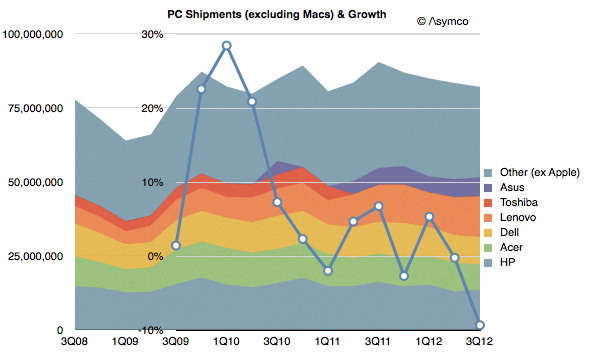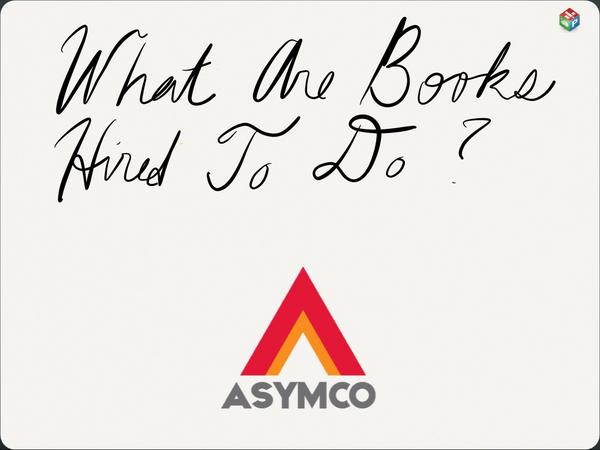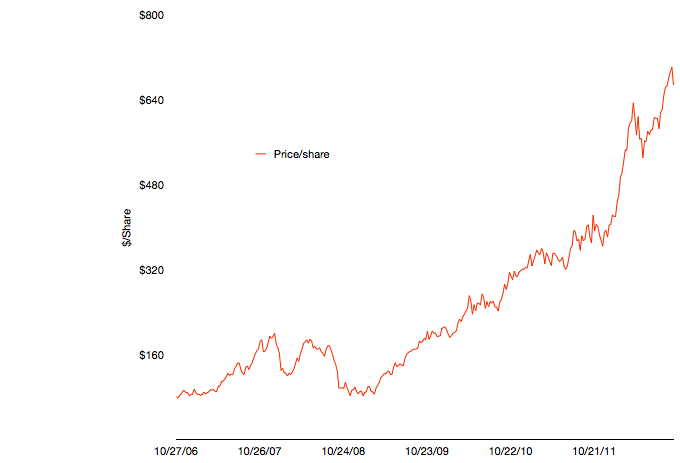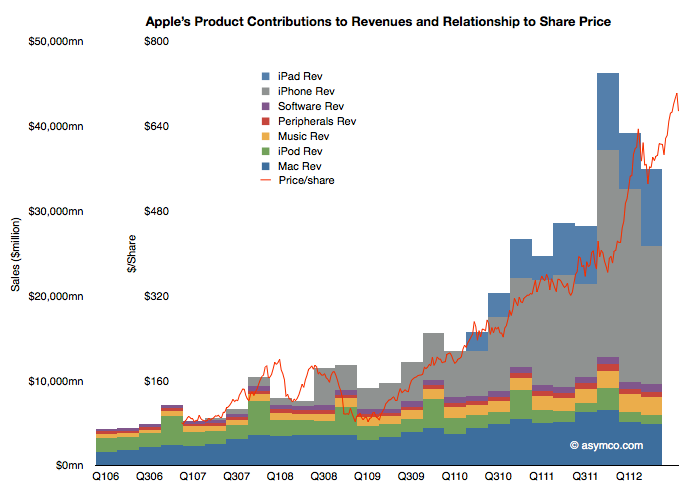The Price/Earnings ratio is a very simple measure of the “value” a company has. The Price is the current share price and the Earnings is usually the sum of the last 12 months’ earnings per share. In other words it measures how many of the last year’s earnings are built into the share price. Put yet another way it’s the answer to the question “If earnings don’t change, how many years will I have to wait before I’m paid back for my share purchase with retained earnings.”
So a company with a P/E of 10 implies that if nothing changes, in 10 years a share owner would “earn” back the price they paid for the share. Any earnings after 10 years would be “profit” for the share owner. You can imagine it even more simply as buying not shares but an actual small business of your own. You pay up front for it and then wait until it pays you back. After getting paid back for the initial purchase you then make money that you can set aside.
Obviously this figure of P/E is very sensitive to growth in earnings. Consider paying $100 for a share of a company having just earned $10/share last year. It would have a P/E of 10. If earnings stayed at $10/yr for 10 years, you’d “get your money back” in 10 years. However if earnings grow at 20% then next year the earnings would be $12 then 14.4 then 17.3 then 20.7 etc. Adding these up means you’d get your $100 back in five years, not 10.
So with a company growing at 20% the “realized P/E” is 5. You realized the price of $100 in five years’ worth of earnings. In the scenario above you paid expecting to wait 10 years but you got paid in five. If that’s your retirement plan then you can retire five years early. Not bad.
Let’s then look at what Apple gave investors as “realized P/E.” Continue reading “What is Apple's Realized P/E ratio?”






